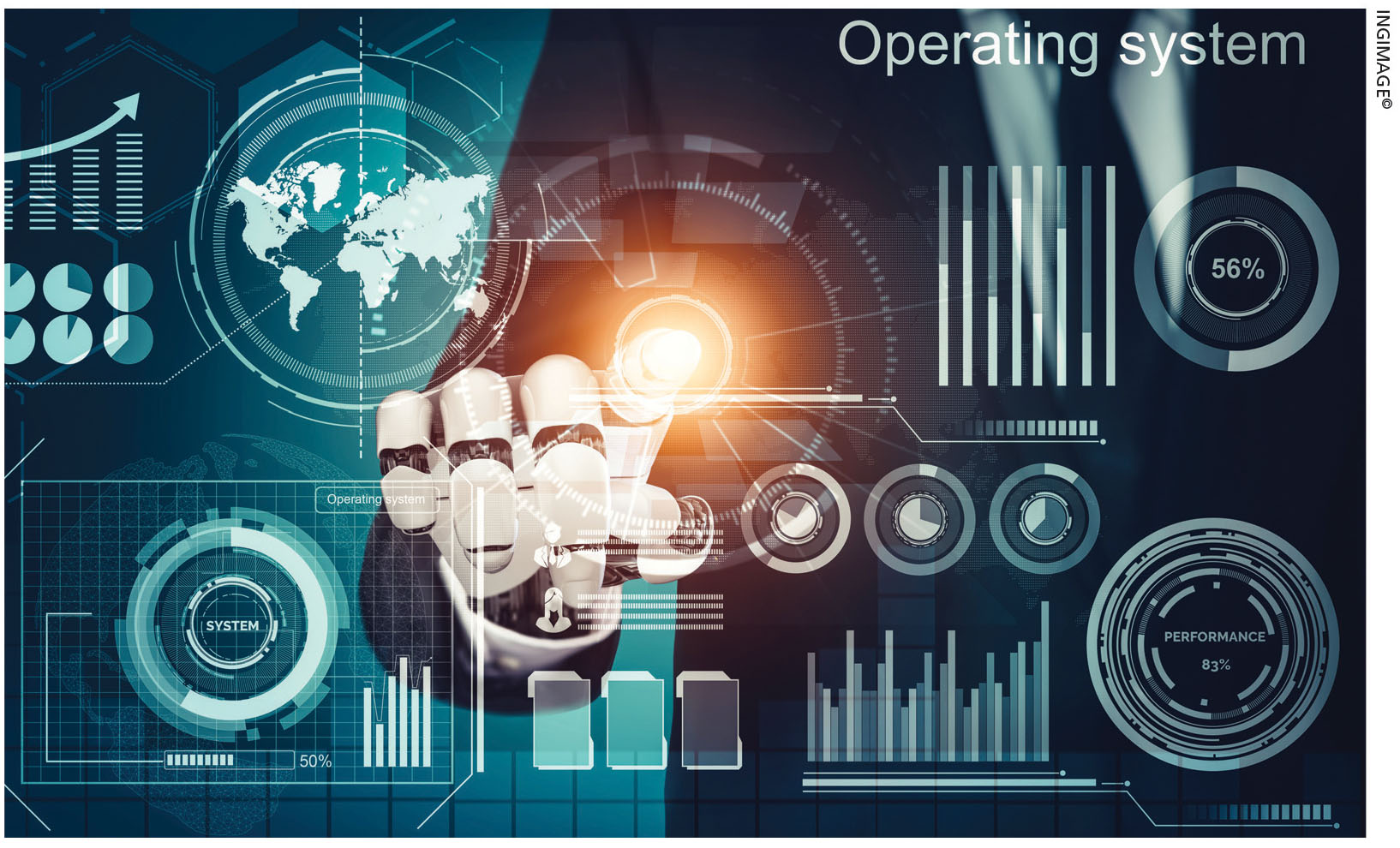HUMAN RESOURCES
TECHNOLOGY HELPING HAND
Improving efficiency in manual processes with AI – Sanjeewaka Kulathunga
AI is a progressive and promising technology, and gaining popularity as a corporate tool with which to resolve complex issues, and meet contemporary challenges that emerge from a rapidly changing global business environment.
Artificial intelligence and machine learning (ML) are used in technology based industries and departments, and also help upgrade and improve business related functions that are considered non-technological.
When AI is introduced to ordinary organisational functions, corporate leaders could reduce the number of humans required to handle those activities, and direct their energies and capacities towards innovative solutions for the progress and prosperity of the organisation.
However, there is a misconception in the business world that AI can’t be applied directly in the field of human resource management (HRM) since it has been identified as a ‘less technologically’ driven function.
But AI can be designed and used to improve the efficiency of manual labour processes, and reduce the time and costs involved. By applying artificial intelligence and ML technologies to the proper processes at the correct times, corporates can craft and execute effective human resource strategies and outperform their rivals in the market.
As AI began to mature in the late 20th century, experts described the technology in terms of machines that imitate and demonstrate human abilities such as learning and problem solving. They assumed that machines would become increasingly humanised and would learn to do tasks in the same way that humans could.
In fact, our understanding of AI is drawing closer to the current definition of machine language. ML is an AI application that uses data and algorithms to imitate how humans learn, gradually improving their accuracy over time.
Machine learning is typically used in tools such as online chatbots and customer recommendation engines. This makes it easier for machines to learn gradually how to make more ‘human’ suggestions to their users. As long as the algorithms are properly coded and trained, both AI and ML will be guilty of the mistakes humans make from time to time.
The implementation of artificial intelligence across all organisational structures will enable a business’ overall productivity and efficiency to improve. Management will also recognise the competitive advantage that the broader application of technology brings when it is aligned with future trends.
Over time, AI has learned and recognised what types of human resources development materials such as videos and interactive games are most appealing to each employee’s unique learning style. The data collected will then be used to recommend training and learning materials for employees based on their performance profiles.
The ultimate objective of AI-based learning and development platforms is to motivate employees, for greater engagement in productive ways.
An AI driven HR information system may be able to utilise data and information gathered through employee engagement to perform predictive analytics, and suggest what types of learning and development materials would be most beneficial for a business’ HR team in the future.
Therefore, HR leaders who are equipped with AI will stay ahead of the organisational learning curve, and be able to ensure that they deliver the most effective learning and development experiences for the continuous growth of human resources.
Artificial intelligence will provide HR professionals with data backed resources and insights, directly from employees. This will enable them to take action and provide the employee experience that the workforce desires and requests, and thereby increase engagement and decrease employee turnover.
The sensible reallocation of tasks between human and machine resources will create innumerable growth opportunities for every business, and reduce costs and time wasted in an organisation’s processes.
AI powered employee self-service (ESS) portals are web based technologies that enable employees to access critical information and complete specific tasks through a centralised internet. Further, enterprises may be able to use the employee portal to convey both business and HR information on a real-time basis.
Currently, artificial intelligence is aimed at training machines to perform time-consuming tasks that employees are unable to do effectively and efficiently. Therefore, business leaders need to collaborate with their HR departments and customise an integrated approach with AI at the operational level, and satisfy the evolving expectations of employees.
In the future, AI will impact employees in a number of ways… and they will be able to create – and claim – a speedy and delightful work experience.




